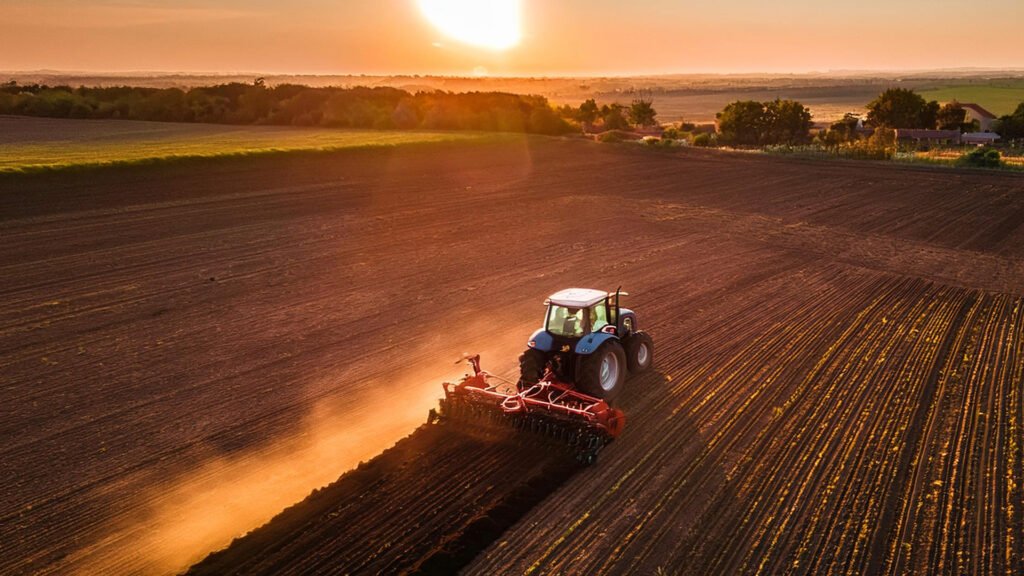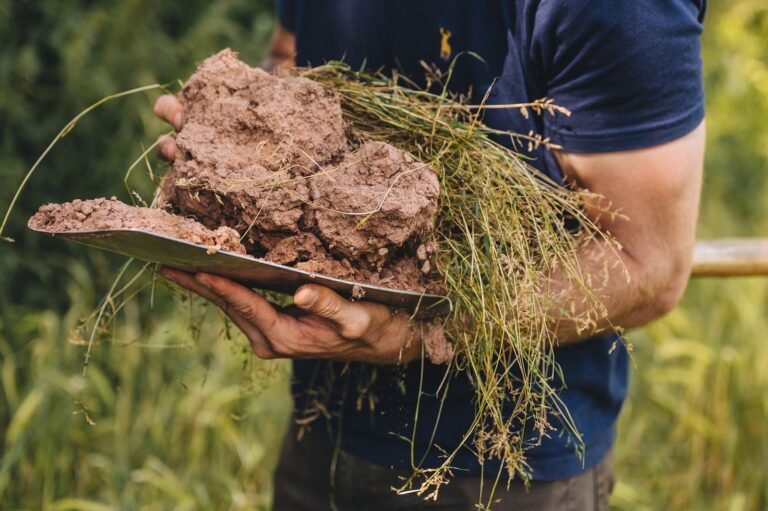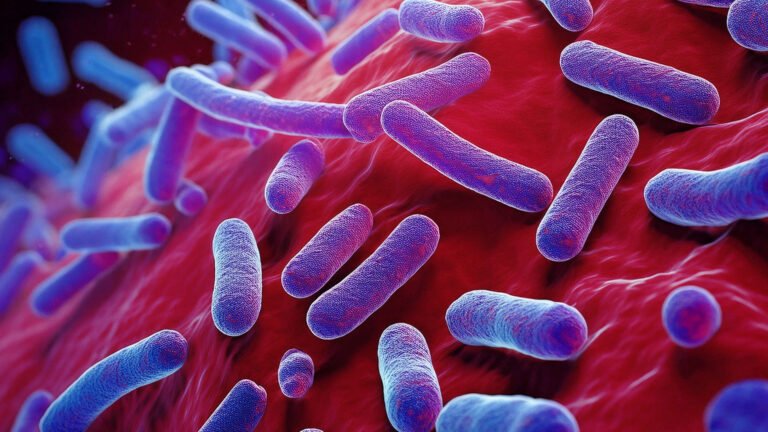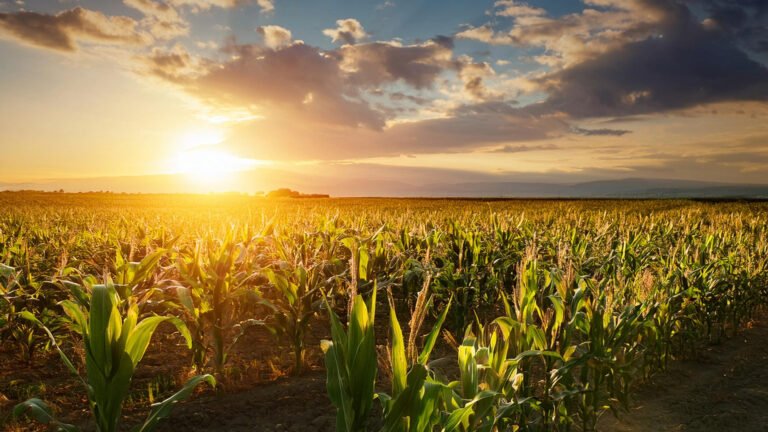You might not see them, but microbes are everywhere – quietly working to keep our planet running. From the soil beneath our feet to the food we eat, these microscopic life forms do a lot of heavy lifting. In fact, understanding how microbes help the environment could be key to building a more sustainable future. They clean water, improve our health, grow our food, and even help us tackle pollution and climate change.
They’re Tiny. But They’re Saving the Planet.
We often think of sustainability in terms of big tech or bold policies – but sometimes, the smallest things make the biggest difference. Microbes are quietly transforming our soil, water, energy, and even health. From eating plastic to growing better crops, these invisible organisms are already shaping a greener future. Let’s explore how.
In this article, we’ll explore six surprising ways microbes are making a difference – starting with one that’s close to home: your gut.

Key Facts.
Microbes support gut health, immunity, and may reduce obesity risk.
Soil microbes boost fertility, fight plant disease, and store carbon.
Certain bacteria help produce biofuels and even generate electricity.
Microbes purify water and clean up oil spills through biofiltration.
Biopesticides made from microbes protect crops without harming ecosystems.
Plastic-eating bacteria could help tackle global microplastic pollution.
1. Human Health: Building Strong Bodies with Microbes
The microbes in your gut aren’t just passengers – they’re active partners in keeping you healthy. A balanced gut microbiome helps you absorb nutrients, fight disease, and even regulate your mood.
More and more studies show a strong link between gut bacteria and conditions like obesity, diabetes, and depression. Some microbes support your immune system. Others help process food more efficiently. It all depends on which species are present – and what we feed them.
Researchers at Washington University in St. Louis found that malnourished children often have underdeveloped gut microbiomes. Their solution? Foods designed not only to nourish the child but also to strengthen their gut bacteria. This approach led to better recovery and long-term health.
There’s also growing evidence connecting gut microbes to obesity. Studies have shown that people with obesity have different microbiota compared to lean individuals. One key finding? Microorganisms that produce more of a chemical called delta-valerobetaine are linked to higher body fat levels. By encouraging bacteria that don’t generate this compound, scientists believe we may be able to reduce obesity risk naturally.
When we support the right microbes – through healthy diets and sustainable farming – we build stronger bodies and healthier environments.

2. Healthy Soils: Where Environmental Healing Begins
If you’re wondering how microbes help the environment, soil is one of the best places to start.
Healthy soil is alive – with billions of microorganisms working together to break down organic matter, recycle nutrients, and support plant growth. These microbes make nutrients more accessible to plants and help build soil structure, which improves water retention and reduces erosion.
But not all microbes are created equal. Just as some support plant health, others can cause disease. The key lies in balance. When beneficial microbes dominate, they can protect crops from pests and diseases, improve resilience to drought, and reduce the need for chemical inputs.
Soil microbes also help fight climate change. They support carbon sequestration by capturing carbon from the air and locking it into the soil. However, conventional farming methods – like heavy use of fertilisers, pesticides, and frequent tilling – can destroy this balance and reduce soil life dramatically.
That’s why regenerative agriculture focuses on restoring the soil microbiome. By encouraging microbial diversity through practices like crop rotation, composting, cover cropping, and reduced tillage, farmers can revive tired soils, improve crop quality, and play a meaningful role in protecting the planet.
In short, without microbes, our soils – and our food system – would collapse.

3. Biofuels and Clean Energy: Microbes Powering the Future
One of the most exciting examples of how microbes help the environment is their role in creating cleaner energy.
Microorganisms like yeast and bacteria can break down plant materials and convert them into biofuels – renewable alternatives to fossil fuels. It’s similar to brewing beer, but instead of making alcohol for a pint, the microbes are producing fuel for vehicles and machinery.
According to the Argonne National Laboratory, biodiesel made from microbes can reduce greenhouse gas emissions by up to 74% compared to standard diesel. That’s a huge win for the planet.
But the potential goes even further. Some microbes can actually generate electricity on their own. Researchers at MIT are working on harnessing this ability to power next-generation batteries. Meanwhile, scientists at the University of Massachusetts Amherst have discovered protein nanowires – made by bacteria – that can pull electricity from moisture in the air.
Although these technologies are still emerging, they show just how powerful and versatile microbes can be. If we continue to invest in this kind of research, microbial energy could play a key role in the clean energy transition.
Tiny organisms. Huge potential.

4. Clean Water: Nature’s Tiny Purifiers
Clean water is essential for life – but access to it is becoming more difficult due to climate change, pollution, and overuse. Once again, microbes help the environment by stepping in to clean and protect our most precious resource.
Many bacteria and fungi can break down harmful substances in water. This natural process, known as biofiltration, is already used in wastewater treatment and sewage systems. But microbes can also play a vital role in more extreme situations, like oil spills.
Certain bacteria are able to “eat” the toxic chemicals found in crude oil, breaking them down into safer compounds. This process reduces long-term damage to marine ecosystems and speeds up environmental recovery.
In everyday farming, microbes also help clean water by breaking down excess nutrients in slurry and manure before they can run off into rivers and streams. That means healthier soils, less water pollution, and better compliance with environmental regulations.
So while some microbes can make water unsafe, many others help make it cleaner, safer, and more sustainable.

5. Biopesticides: Natural Defenders of Crops
Chemical pesticides may protect crops, but they come with serious costs – polluted water, damaged ecosystems, and even risks to human health. This is another area where microbes help the environment by offering a safer, more sustainable alternative.
Biopesticides are made using natural organisms, often bacteria or fungi, that target specific pests. Unlike chemical sprays, they don’t harm pollinators like bees or build up harmful residues in the soil. They’re also much less likely to contaminate water supplies.
One big advantage is precision. Microbial biopesticides are carefully chosen to affect only the harmful species – leaving helpful insects and beneficial microbes untouched. This helps protect biodiversity and maintain the delicate balance of farm ecosystems.
Better still, these solutions break down naturally, meaning they don’t stick around long after the job’s done. That’s good for farmers, good for consumers, and great for the planet.
The more we replace harsh chemicals with microbial alternatives, the closer we get to a food system that’s both productive and planet-friendly.

6. Plastic Pollution: Microbes to the Rescue
Plastic is everywhere – from ocean floors to mountain peaks. It’s in our soil, our food, even the air. And because most plastics don’t break down naturally, they’re polluting the environment for centuries to come. But here’s another way microbes help the environment: some of them can actually eat plastic.
Certain bacteria and fungi produce enzymes that break down plastics into smaller, safer compounds. One standout discovery came in 2016, when Japanese scientists identified Ideonella sakaiensis, a bacterium that feeds on PET plastic – commonly used in water bottles and food containers.
Since then, researchers have even created super-enzymes that can speed up this breakdown process dramatically. While this technology is still developing, it could become a key tool in reducing microplastic pollution.
Of course, we can’t rely on microbes alone to fix the plastic problem. We still need to cut back on single-use packaging and switch to biodegradable alternatives. But it’s exciting to know that nature has already started helping us clean up the mess.
And that’s the magic of microbes – they work quietly, efficiently, and often in ways we’re only beginning to understand.

Conclusion: The Invisible Allies Building a Greener Future
From your gut to your garden, from wastewater to the open ocean – microbes are quietly doing the hard work of sustaining life on Earth. While they may be small, the impact they have is massive.
We’ve seen how microbes help the environment by:
- Improving our health
- Restoring soils
- Powering clean energy
- Purifying water
- Replacing toxic chemicals
- Breaking down plastic pollution
Their roles span across human well-being, food security, and planetary health. And as science continues to uncover even more possibilities, one thing is clear: a more sustainable future will depend on working with microbes, not against them.
🌱 Ready to Take the Next Step?
If you’re passionate about sustainability, start looking at the microbial world through a new lens. Whether you’re a farmer, gardener, educator or just a curious mind, you can support microbial health by:
- Choosing organic, regenerative food
- Avoiding overuse of chemical cleaners and pesticides
- Supporting research and innovation in microbiology
- Learning more about how microbes shape the world we live in
And if you’re looking for practical ways to restore soil health and reduce pollution, take a look at our microbiological solutions for farming and home use:
👉 Explore BactoTech’s Product Range »







